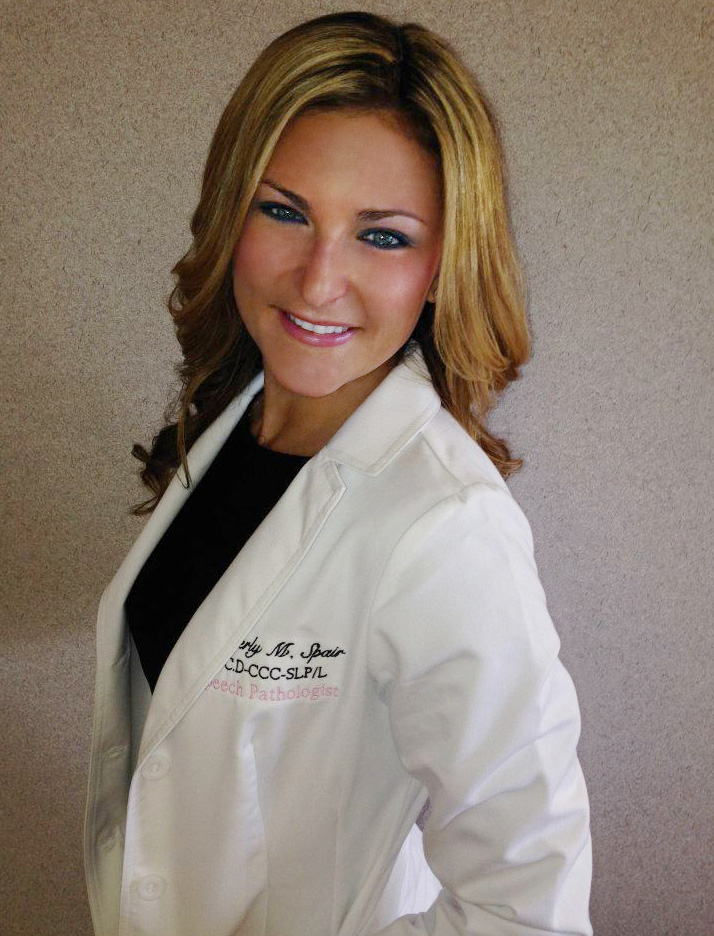Why We Skip the Sippy Cup

Your little one has been breast or bottle feeding for a while now and you are ready to add a cup. Such an exciting time!

You figure that the next rite of passage is transitioning to the “sippy” cup, right?
It is common for parents to think that the sippy cup is the next step in their baby’s drinking development. Consider, however, that sippy cups were only created out of convenience to prevent the messy spilling of drinks all over the home and in the car.
Let’s talk about what sippy cups can hinder when it comes to developmental skills!
As a Speech-Language Pathologist, I personally advise against the use of traditional spouted cups. While the occasional sippy cup use will not cause long-term harm, it is not recommended that it be used frequently for prolonged periods of time. Sippy cups can be detrimental to the development of the child’s oral musculature and motor skills (keep in mind that this excludes any children with swallowing difficulties due to medical issues that would require the use of a valved cup). This is not meant to shame you as a parent if you are giving your child a sippy cup, as I understand the convenience of using them, but rather it is meant to educate and bring awareness to the potential consequences of their consistent use. Over-reliance on them can potentially lead to problems with your baby’s dental growth, eating habits, and even speech development.
Here’s a simplified breakdown of swallowing patterns.
The way that children maneuver their tongues to suck and swallow changes as they grow. According to research, the use of a sippy cup can impede the development of, what is referred to as, a “mature swallow pattern.” While baby is breast or bottle feeding an “immature” swallow pattern is used, which involves a “suckle” motion or moving the tongue forward to extract milk from the nipple and sending it to backwards to swallow. This suckling reflex is typically outgrown around 12 months of age, when the child develops the “mature” pattern of elevating and pushing the tongue tip back in a wave-like motion to swallow.
When using a sippy cup though, the hard spout rests on the front 1/3 to 1/2 of the tongue, forcing it to stay on the “floor” or bottom of the mouth. When the tongue tip is held down it does not allow for it to develop the ability to elevate to the “palate”, or roof of the mouth, before propelling it backwards to swallow. It instead stimulates more of a front-to back sucking motion.
With the frequent use of a sippy cup, this hardwires the brain to always keep the tongue on the floor of the mouth, leading to a possible delay in oral motor development. As a result, the child can end up presenting with a “tongue thrust”, which is when he/she continues to thrust the tongue forward while swallowing. This may contribute to the acquirement of incorrect tongue rest posture and the child then becoming a “mouth breather”, where the mouth is kept rested in an open position causing him/her to breathe through the mouth instead of the nose.
With a tongue thrust, the child may eventually also have trouble properly chewing and maneuvering solid food in the mouth to be able to swallow it, instead pushing it out of the front of the mouth with the tongue, which can get quite messy. The latter issue can become a bigger problem down the road since food might not be chewed or broken down well enough for digestion, and the child can also develop picky eating habits due to certain foods feeling too challenging to swallow. For more information and assistance with picky eaters and sensory-based feeding dis-orders, we cover this topic inEmpowered Moms and Empowered Moms for Practitioners, starting May, 22.
Frequent use of a long spout can impact the teeth eruption pattern and schedule of growth, possibly leading to the development of an overbite. Research has also shown that there is a correlation between where a child’s tongue is positioned during swallowing and his/her to articulation of sounds. Therefore, in regard to speech development, a tongue thrust can become detrimental to causing a “lisp” when our little ones begin to speak. This is when the tongue protrudes forward instead of making contact with the roof of the mouth behind the top front teeth, causing air to escape the front or sides of the mouth when making certain sounds (such as the “s” and “z” sound). The lack of proper lingual movement when using a sippy cup can also make the tongue a bit “lazy”, whereas it needs to be strong and coordinated to produce most sounds, such as “t”, “d”, and “l”.
With the above information, it is also worth considering that most sippy cups are made from plastic (dioxins), which we know is not the safest material to be using with our children. Most plastics contain synthetic chemicals and endocrine disruptors, such as bisphenol-A and phthalates, which can impact overall health and well-being. These toxins can leach out of the plastic into the drink or directly into their mouths, especially with those little ones who love to gnaw on the plastic spouts.
So, what can mamas use instead?
I personally advise skipping the sippy and going straight to practicing drinking with an open cup and straw with your baby.
For open cup drinking, a “shot glass” is the perfect-sized cup to use for practice. Small sips of breastmilk via open cup can be introduced to your baby from as young as 4–6 months, guiding him/her to form a seal around the lip of the cup mouth, which is an important oral motor skill. Try practicing during bath time or outside during warmer temperatures in case of spills. Straw drinking is also beneficial for oral musculature and speech development as it strengthens the lip, tongue, and cheek muscles and encourages lip rounding needed for feeding and speech skills. Most kids can learn to use a straw as early as 6-9 months old. I advise using shorter straws that allow only the lips to go around it, not the tongue, and I personally prefer and recommend the Glass Sip & Straw cups by Green Sprouts to other moms (which are also spill-proof and BPA and PVC free).
As a speech pathologist, I work to prevent, assess, diagnose, and treat speech, language, social communication, cognitive communication, and swallowing disorders in children and adults. And while I focus on a root-cause approach to these issues (pathogens, heavy metals, chemical exposures) there are also simple steps that parents can take, by omitting certain items early on.
This information is once again not meant to shame any parents! if you are giving your child a sippy cup, this information is meant to help so that you can make an informed decision and possibly promote supportive feeding and speech development for your child the best you can.
Happy Better Hearing and Speech Month!

